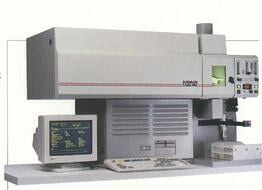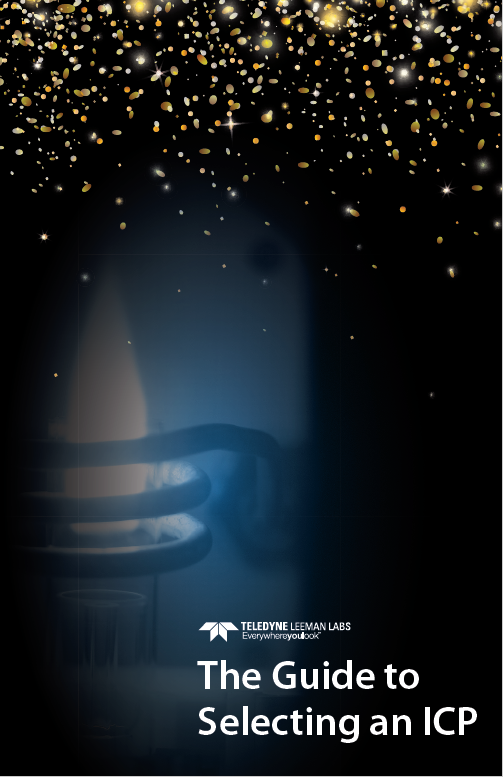Selecting the right ICP requires consideration of analytical requirements, available technologies, manufacturer specific features and benefits, estimation of current and future sample loads (as well as the number of
elements determined), warranty and service offerings, and instrument cost vs return on investment (including the cost of analysis). While it can be difficult to navigate industry terminology, the answer to what ICP fits your needs, is not difficult to determine.
Teledyne Leeman Labs Blog
Are you considering purchasing an ICP - here is a guide to help in selecting the right ICP for your needs.
Posted by Teledyne Leeman Labs on Jul 25, 2019 3:27:35 PM
Tags: ICP-OES, ICP-AES, Inductively Coupled Plasma
History of Teledyne Leeman Labs
 In 1981 John R. Leeman and Karl Hildebrand founded Leeman Labs to produce analytical instrumentation based on the promise of Inductively Coupled Plasma-Atomic Emission Spectroscopy (ICP-AES) [also referred to as Inductively Coupled Plasma-Optical Emission Spectroscopy (ICP-OES)] to identify and quantify the concentration of elements within a sample.
In 1981 John R. Leeman and Karl Hildebrand founded Leeman Labs to produce analytical instrumentation based on the promise of Inductively Coupled Plasma-Atomic Emission Spectroscopy (ICP-AES) [also referred to as Inductively Coupled Plasma-Optical Emission Spectroscopy (ICP-OES)] to identify and quantify the concentration of elements within a sample.
 This initial success established Leeman Labs as both an innovator and an expert in ICP-OES and lead the company to endeavor into other realms of atomic spectroscopy adding the DC Arc technique and Mercury Analysis to its line of analytical instrumentation. In 2004 Leeman Labs was acquired by Teledyne technologies to augment Teledyne's existing laboratory and continuous monitoring instruments used in environmental applications, and complement Teledyne Tekmar's organic analysis instrumentation.
This initial success established Leeman Labs as both an innovator and an expert in ICP-OES and lead the company to endeavor into other realms of atomic spectroscopy adding the DC Arc technique and Mercury Analysis to its line of analytical instrumentation. In 2004 Leeman Labs was acquired by Teledyne technologies to augment Teledyne's existing laboratory and continuous monitoring instruments used in environmental applications, and complement Teledyne Tekmar's organic analysis instrumentation.
Today, its instruments can be found conducting analyses across a broad spectrum of industries and sample types. The usefulness of Teledyne Leeman Lab’s elemental analysis instrumentation ranges from agriculture to aerospace and forensics to food in over 50 countries.
Tags: mercury, mercury analysis, ICP-OES, ICP-AES, Leeman Labs

